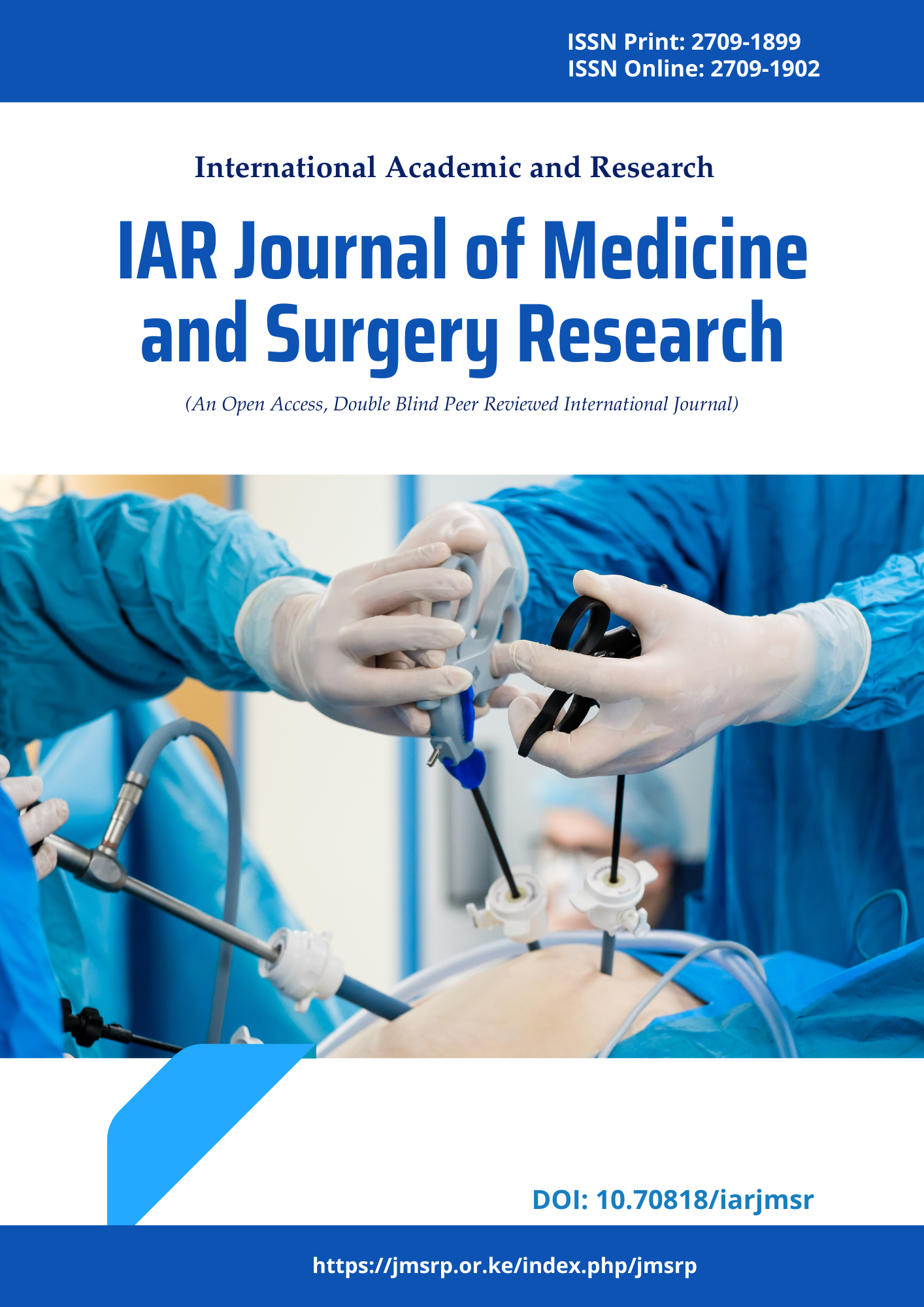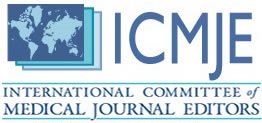A comparative study of postoperative chronic pain after tension freeinguinal hernia repair using absorbable versus non-absorbable suturesfor mesh fixation
DOI:
https://doi.org/10.47310/iarjmsr.2021.V02i03.07Keywords:
Inguinal hernia, Mesh, Suture, Chronic groin pain.Abstract
Background: Inguinal hernias are very commonly encountered by surgeons throughout the world. Chronic groin pain may be caused by nerve injury either during dissection or retraction, or nerve entrapment due to post-operative fibrosis, or mesh related fibrosis, or lastly sutures used to fix the mesh. The mesh can be secured by non-absorbable sutures or absorbable sutures. Material and methods: This is a prospective, descriptive, single centre and randomized study was conducted in the Department of General Surgery, N.C Medical College and Hospital over a period of 1 year. All patients of 21-80 years old, who were admitted for elective inguinal hernia repair, were included for the study. Patients with bilateral, recurrent, irreducible or incarcerated hernia and patients with co morbid conditions that might interfere with pain assessment (e.g. impaired cognitive function, limited mobility, daily use of pain medicine); and patients who had undergone surgery in the groin area were excluded from the study. Results: Out of 180 patients 90 were having right inguinal hernia, 56 patients with left inguinal hernia and 34 patients were having bilateral inguinal hernia. we analyzed post- operative pain using VAS score on alternate basis till 10th post-operative day. In Group A, mesh fixation was done by non-absorbable suture material polypropylene (n=90) and Group B, mesh fixation was done by monofilament absorbable suture material poliglecaprone (n=90). On post-operative day 1 the mean VAS score in group A was 6.12±1.03, while that in group B was 5.01±0.93, on day 10, the mean VAS score in group A was 2.41±0.56, while that in group B was 1.62±0.46, with a p value of 0.039 which is statistically significant. Overall, Group B experienced less pain compared to group A. Mean VAS score at 1st month in group A was 1.93±0.62 and in group B was 1.52±0.34 and at 2nd month it was 1.31±0.54 in group A and 1.03±0.26 in group B. Conclusion: Patients with absorbable suture for mesh fixation has less groin pain as compared to nonabsorbable suture in hernia repair during 6 months follow up period.
















